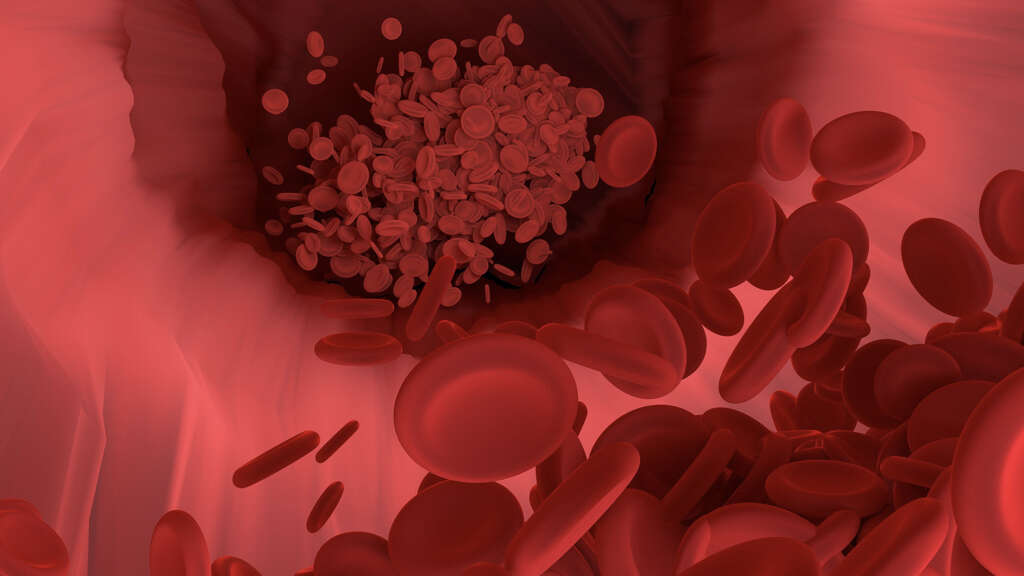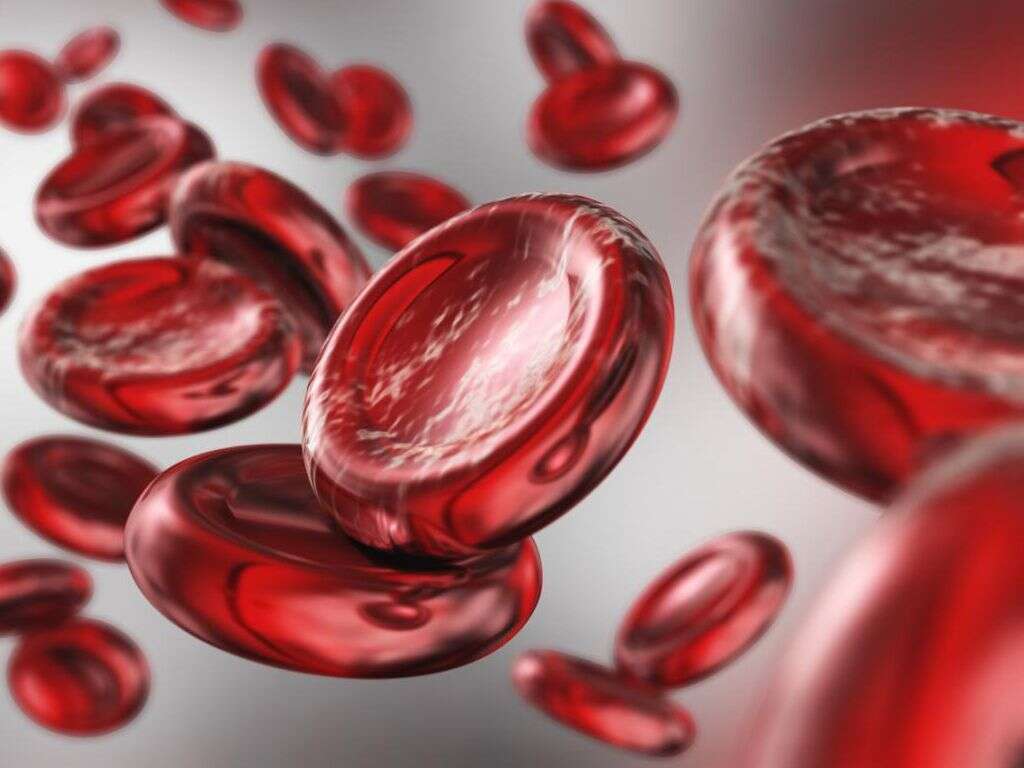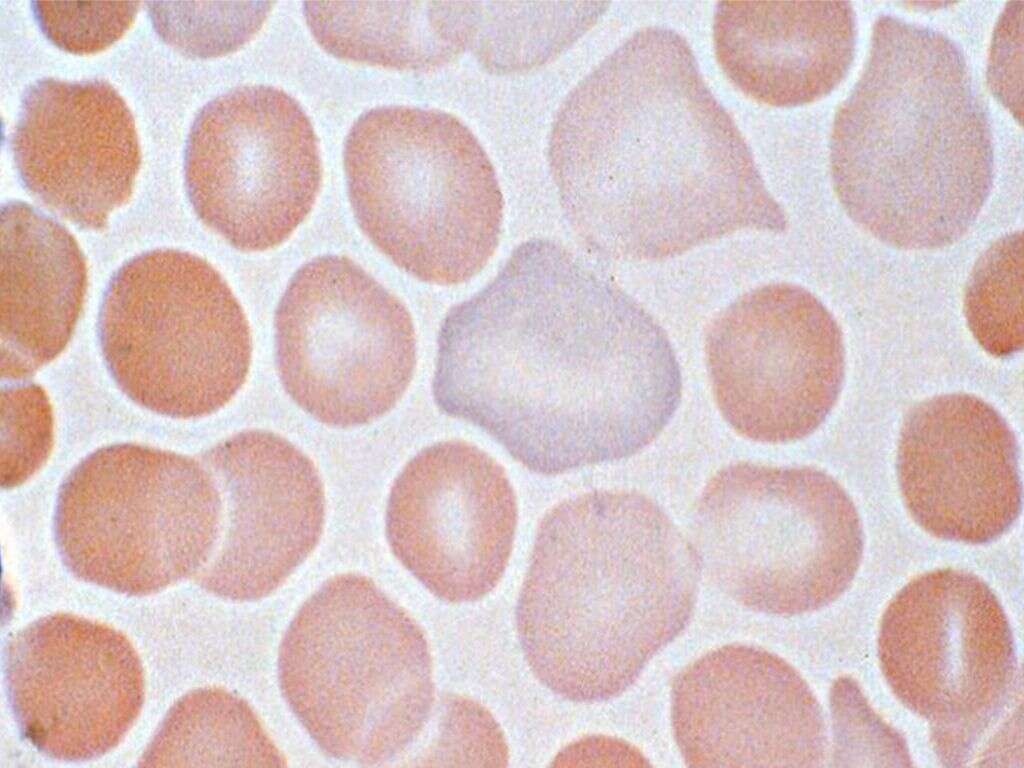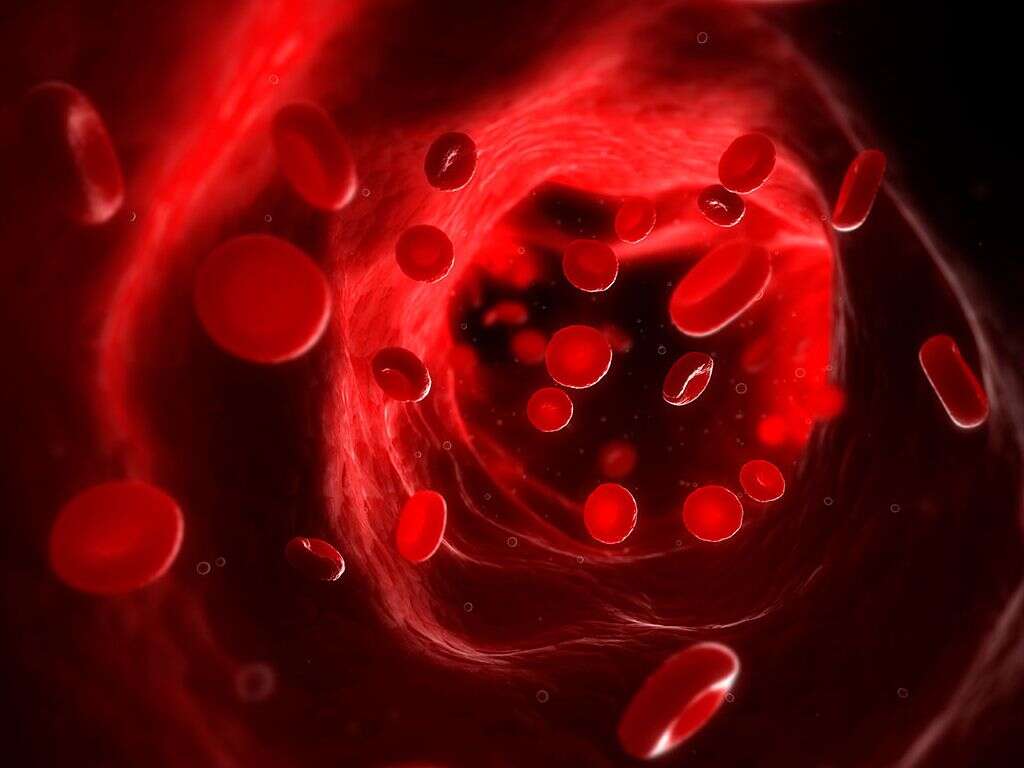What Is Pernicious Anemia?
All parts of the body need a constant supply of blood. The oxygen that tissues require is carried by red blood cells that are made in the body. These cells are made with the help of vitamin B12, among other things, a vitamin obtained from foods in the diet (i.e. milk, meat). Simply put, if there is not enough vitamin B12, then there are not enough mature red blood cells to transport sufficient oxygen for tissues.
This results in a specific subtype of megaloblastic anemia known as pernicious anemia. With modern medicine, pernicious anemia is not a serious condition, but it is still something that needs to be diagnosed and treated as soon as possible.

1. Pernicious Anemia
Pernicious anemia is a condition that used to be considered fatal once it was diagnosed. Indeed, the condition got its name because its deadliness meant that it was a pernicious disease. Thankfully, it is nowhere near as dangerous as it used to be, and now, depending on the cause, it is fairly easy to treat.
As mentioned, pernicious anemia is a subtype of megaloblastic anemias. In general, in megaloblastic anemias, the bone marrow produces immature and large red blood cells (megaloblasts), due to impaired DNA synthesis within the nucleus of the cells. These effects can mostly be caused by vitamin B-12 deficiency, folate deficiency, medications, or certain conditions. This, in turn, means that there are not enough mature red blood cells to carry sufficient oxygen around the body to where it is needed. Specifically, in pernicious anemia, the most common cause of vitamin B-12 deficiency is the lack of sufficient intrinsic factor (IF) production. IF is a substance that is secreted by the stomach, which enables vitamin B-12 absorption in the small intestine (ileum). The destruction of intrinsic factor-producing cells can be given by the body’s immune system (autoimmune), by surgical removal of a part of the stomach (gastrectomy), or rare genetic disorders.

2. Autoimmune Condition
Our stomachs produce a protein that is known as intrinsic factor. This protein can bind vitamin B12 and allow its absorption in a part of the small intestine known as the ileum. The vitamin can then be taken to where it is needed to help make mature red blood cells. One cause of pernicious anemia is when a person’s immune system attacks the cells in the stomach that are responsible for creating intrinsic factor. This is accomplished by producing antibodies against gastric parietal cells. Antibodies are proteins produced by the immune system, to recognize and latch onto foreign pathogens in order to help remove them from the body (among other functions). In certain autoimmune conditions, like pernicious anemia, mistakenly the body can produce antibodies against its tissues.
Interestingly, strong associations exist between pernicious anemia and other autoimmune conditions like type I diabetes mellitus, some thyroid disorders, ulcerative colitis, and Addison disease.

3. Other Causes
As mentioned before, gastrectomy or rare genetic disorders can also cause classic pernicious anemia. However, when physicians study a patient with megaloblastic anemia there are many other diagnoses or causes for vitamin B-12 deficiency they must consider.
For example, patients can also present with vitamin B-12 deficiency due to inadequate dietary intake of the vitamin (i.e. vegetarians) or to other causes of damage to the lining of the stomach (i.e. medications, ingestion of caustics, low gastric acid secretion). Moreover, causes of bacterial overgrowth in the intestine (i.e. diverticula), insufficient pancreatic enzyme production (i.e. chronic pancreatitis), and disorders of the lining of the ileum (i.e. ileum resection) can also lead to vitamin B-12 deficiency.

4. Pallor
Pallor refers to the paleness that can be seen in anemia. Pallor is mostly visible in the palms and soles, mucous membranes, and the conjunctivae of the eye. In anemia, regardless of the cause, there is poor tissue oxygenation.
Oxygenated blood is precious, thus its shunted away from the skin and other peripheral tissues, to permit enhanced blood blow to vital organs. This gives rise to pallor, an important physical finding in patients with anemia. Specifically, in pernicious anemia, patients can be described to exhibit a lemon-yellow waxy pallor.

5. Fatigue
One fairly common symptom in people who have anemia, regardless of the cause, is fatigue. Fatigue is a sensation of tiredness that encompasses a range of complaints including malaise, lethargy, lassitude, and exhaustion. It is a nonspecific symptom; thus it can be observed in many conditions.
This happens because the body’s cells need oxygen in order to generate energy. In instances of pernicious anemia, there is less oxygen in the blood, which means that less oxygen is delivered to the tissues. Thus, the body will not be able to generate sufficient energy for all its metabolic functions. Additionally, the heart has to work harder to move more oxygen-rich blood around the body, which can cause the person to experience tiredness.

6. Weight loss
Roughly half of the patients with pernicious anemia present with weight loss of approximately 10lbs (4.5 kg) to 15lbs (6.8kg). This can probably be attributed to appetite loss.
These patients can also experience heartburn, nausea, vomiting, a sense of fullness, and flatulence. However, there are many other causes of weight loss. Be sure to seek medical attention if you experience unintentional weight loss during a short period.

7. Sore tongue
Almost half of the patients with pernicious anemia exhibit a smooth tongue with loss of papillae (the small bumps located on the top and sides of the tongue), which is often painful and red.
These patients can report a burning sensation, usually in the anterior part of the tongue. These symptoms can lead to appetite loss and changes in taste.

8. Neurologic symptoms
Left untreated pernicious anemia can lead to nerve damage. One of the most common neurologic symptoms reported by people with pernicious anemia is paresthesia, a burning or tingling sensation that is commonly experienced in the extremities but is painless.
Patients with this condition can also present with weakness, an unsteady gait or manner of walking, and clumsiness. These symptoms are due to the degeneration of the insulating sheath around the nerves (myelin) and the loss of nerve fibers in the spinal cord and brain. The elderly can also exhibit symptoms (memory loss, irritability, and personality changes) that suggest dementia or Alzheimer’s disease.

9. Diagnosis
To make a diagnosis, your doctor is likely to perform a physical exam and ask you a few questions. The questions will include matters like your diet, what medications are you taking, your medical conditions or your first-degree relatives’, past surgeries, etc. Blood tests will probably be necessary as well. These will be able to inform the doctor on whether there is enough oxygen-carrying hemoglobin in your body, among other things.
A peripheral blood smear is requested to observe the physical characteristics of several cells, given that, for example, immature red blood cells that can’t synthesize genetic material adequately (due to lack of vitamin B-12) will become larger than their normal size (macrocytic). Also, bilirubin (indirect), and lactate dehydrogenase tests can be requested. Most importantly, cobalamin (vitamin B-12) levels in the bloodstream can be measured in assays. Finally, the presence of intrinsic factor antibodies can also be tested, given that they are specific for this disorder. However, IF antibodies occur in only half of the patients with pernicious anemia. With the right information at hand, they can then determine what the problem is and arrange for appropriate treatment.

10. Treatment
As mentioned, pernicious anemia used to be considered such a serious condition that death was very likely for the patient. Nowadays, however, treatment is available and few people should encounter serious problems once the problem has been diagnosed.
Treatment involves life-long administration of vitamin B12 via intramuscular or subcutaneous injections (rarely using the oral route). While treatment is straightforward, it should be noted that standard vitamin supplements from a pharmacy will not be sufficient, and a prescription will be necessary. With the right and prompt diagnosis and medication, patients with pernicious anemia should be able to live their life with few, if any, symptoms.












